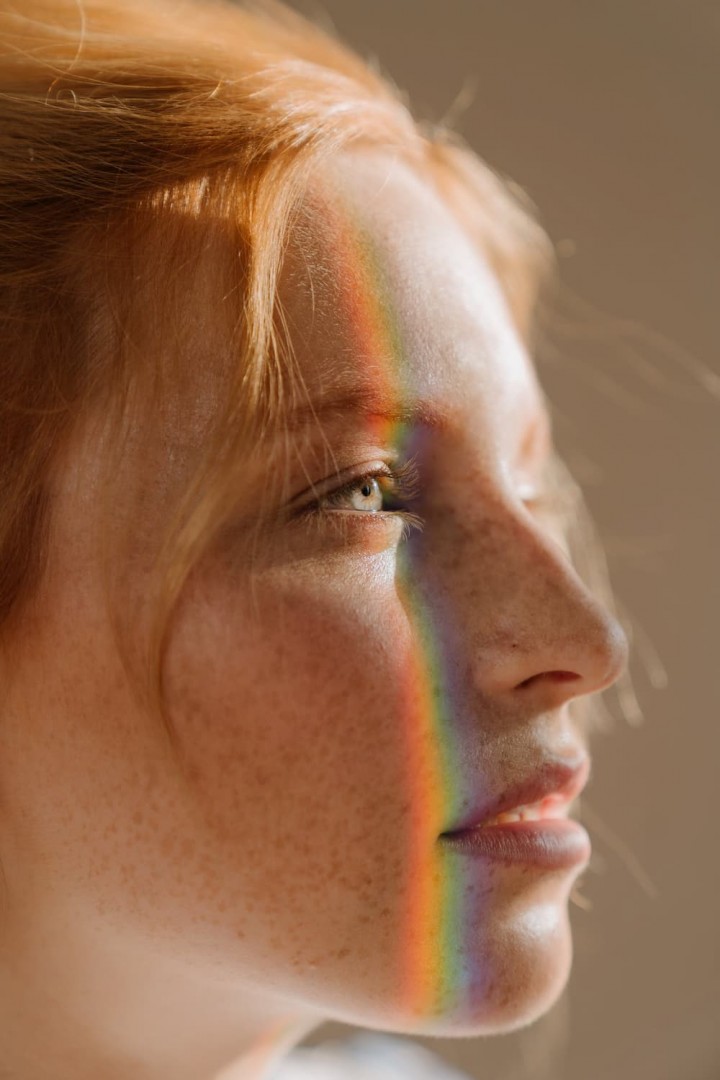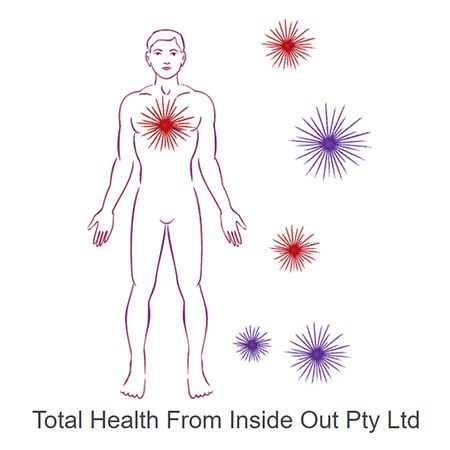
Are you among those people with freckles who constantly worry about their health implications? They might not be worth stressing about as much as you think. Learn the truth about freckles and why you should embrace them.
The Nature of Freckles
Freckles are small, flat spots on the skin that have a darker colour than surrounding areas of skin. These dark spots can be considered as "beauty marks", and are most often found on the face, neck, forearms, shoulders, back or upper chest. They are typically brown or black in colour. Usually, freckles occur when the skin is exposed to sunlight because UV light stimulates melanocytes to produce more melanin (a chemical that gives the skin its color), making them darker.
When melanocytes are stimulated, they produce melanin even in areas where it is not usually found. People with fair skin are more likely to develop freckles as they have more melanocytes in their skin. They also tend to be the most affected by the sun and its harmful rays since they lack a natural protection against them (melanin).
Freckles usually do not change after puberty and many times will even fade away with age. However, there can be some medical conditions that make freckles appear, such as hyperpigmentation disorder, systemic lupus erythematosus or dermatomyositis.
Who is at Risk for Freckles?
People who have fair skin, blue or green eyes and red hair are most likely to develop freckles. Additionally, those whose ancestors come from Northern Europe (Ireland, Scotland, Wales), Australia or New Zealand tend to be more prone to developing freckles.
Moreover, people who tend to be exposed to the sun's UV rays (e.g., outdoor workers) or those who tan easily without burning are at higher risk for developing freckles; however, anyone can develop these harmless spots on their bodies if they're exposed to enough sunlight. For instance, people living in sunny climates are more likely to develop freckles than people living in cloudy or colder climates.
Freckles are more easily seen when the skin is tanned because the contrast between the color of freckles and surrounding skin is greater. They can also become darker in colder seasons because the skin's pigment cell activity increases to protect against cold weather, which causes more melanin to form, making freckles darker.
What's the Difference Between Freckles and Sun Spots
Freckles are similar to sun spots, also known as liver spots or age spots, because both of these conditions are caused by increased melanin production, but they can be differentiated because age spots appear on the hands and chest regions whereas freckles usually appear only on the face, neck, shoulders and back areas.
Freckles vs. Moles
Small, normal moles are easy to mistake as freckles, but they aren't the same thing. A mole is formed when skin cells cluster together. Additionally, they can appear on any part of your body, unlike freckles, which are commonly found only on the face or neck. Like freckles, moles appear most often on light skin.
Congenital nevi are the most common type of moles that appear at birth and are unlikely to be cancerous. However, a growing mole can be a sign of some form of skin cancer. While freckles are harmless, some moles may increase your risk of skin cancer. If the mole changes its shape or size, itches or bleeds, it could be an indication of a cancerous mole.
What are the Types of Freckles?
The most common types of freckles are ephelides, lentigines and actinic lentigines; however, there are other rare types.
- Ephelides develop during childhood due to sun exposure. They tend to fade after youth but can reappear later in life once you've stopped tanning.
- Lentigines, also referred to as solar lentigo, appear as black spots which will increase with age because they contain high concentrations of melanin. Their increased quantity comes from the sun damage over time that causes them to become darker.
- Actinic lentigines, also referred to as solar lentigos, display tiny brown spots on the skin.
What are the Common Causes of Freckles?
Exposure to ultraviolet radiation from the sun is the major cause for developing freckles; however, there are other causes that might explain why some people develop these brownish-coloured dots on their skin. For example, exposure to certain chemicals like hydroquinone or resorcinol might increase pigmentation in some parts of your body as well as certain medical procedures like PUVA (psoralen and ultraviolet A radiation) treatment.
Another risk factor for freckles is the use of some medications, such as phenothiazines and corticosteroids, which might induce melanin production in your skin. Other causes include hormone therapy for those with conditions like moles or birthmarks. Freckles are also caused by genetic factors and frequent use of tanning beds.
Treatment Options for Freckles
There is no treatment for freckles. However, they can be removed through laser treatments or chemical peeling. Chemical peels use a chemical that destroys the top layer of skin and removes its pigment, which makes it a safer way to get rid of freckles than lasers, but also less effective.
Dermatologists suggest using sunblock on exposed areas of skin to reduce melanin production and prevent further appearance of freckles. Using sunscreen every day will help protect your skin from future damage due to UV radiation. Some people say that getting an adequate amount of vitamin D from sunlight helps prevent the appearance of freckles because this vitamin is essential in melanin production. However, there are some cases when certain medications used to treat cancer, psoriasis or other diseases can cause the appearance of freckles.
How to Prevent Freckles
It is difficult to prevent freckles because they are caused by exposure to UV light. The good news is that there are ways to reduce the appearance of your natural freckles by following these steps:
- Avoid excessive sun exposure
- Apply water-resistant sunscreen when you cannot avoid exposure to sunlight
- Use skin care products with SPF
- Always wear wide-brimmed hats
- Use broad-spectrum sunscreen during the cold weather to stop your freckles from turning into dark patches
- Consult a skin doctor if you have a naturally freckled skin, a fair complexion by nature or notice the appearance of skin pigmentation
The presence of freckles is generally considered to be an attractive trait, and those without them wish they had them. So, don't worry about those pigmented spots unless they start behaving unusually.









